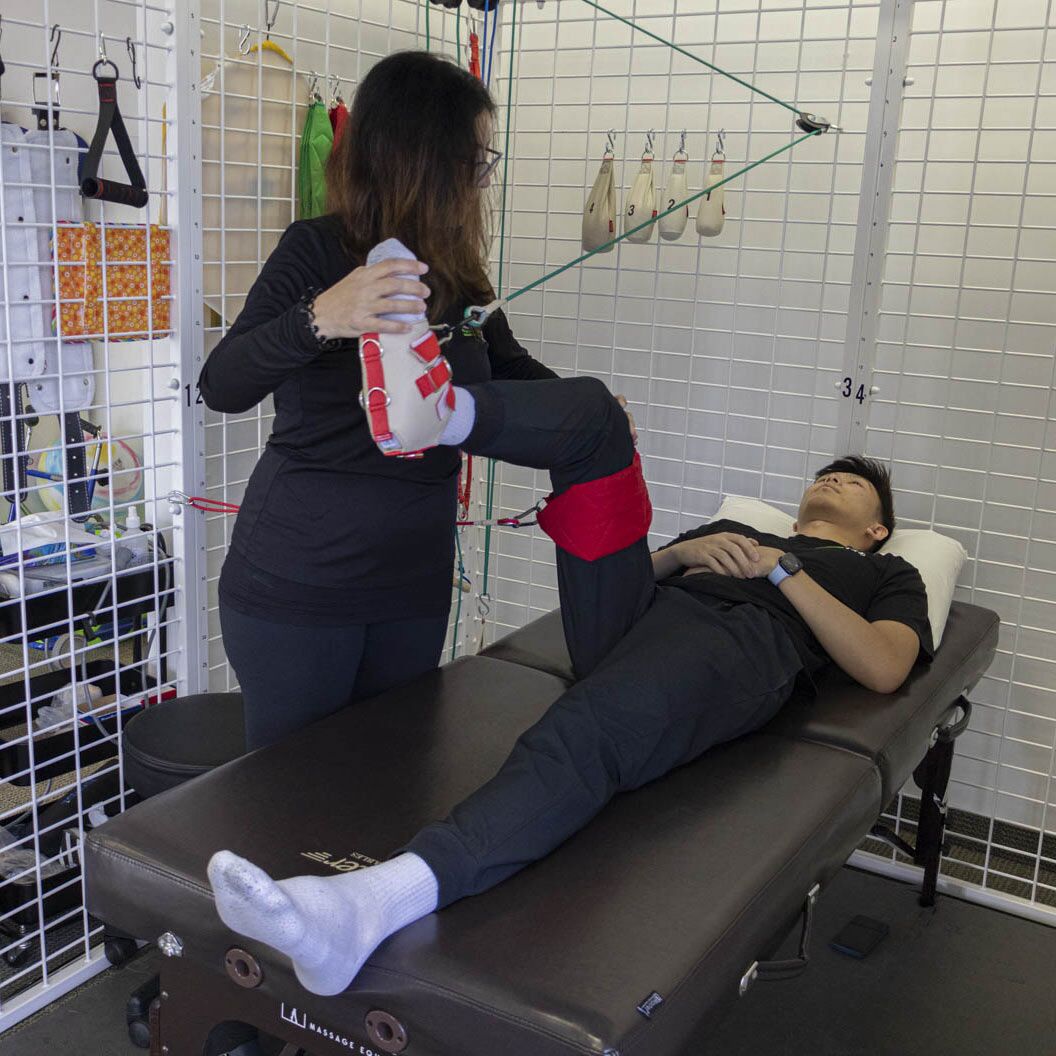Empowering Patients Through Understanding to Enhance Discomfort Management Approaches and Improve Results
Empowering Patients Through Understanding to Enhance Discomfort Management Approaches and Improve Results
Blog Article
Discomfort control is an essential aspect of healthcare that impacts many people. Comprehending pain and how to manage it can greatly improve a person's standard of life. Patients often face various types of pain, including acute pain from traumas or surgeries and long-lasting pain that lasts for months or even years. By enabling patients with understanding about their pain, healthcare providers can help them make educated decisions about their treatment choices. This article examines how education and awareness can enhance pain management strategies and lead to better health outcomes.
One of the first steps in effective pain management is understanding the essence of pain itself. Pain is a complex phenomenon that involves both physical and emotional components. It can be affected by a person's mental state, past events, and even their environment. By informing patients about the various types of pain and their origins, healthcare providers can help them identify their pain patterns. This comprehension allows patients to discuss more clearly with their doctors, leading to more tailored and effective treatment plans.
In addition to comprehending pain, patients should also be educated about the various pain management strategies available. These methods can include medications, physical therapy, psychological support, and complementary therapies such as acupuncture or massage. Each method has its advantages and potential side effects. By providing patients with comprehensive information about these choices, they can proactively participate in their treatment choices. This involvement not only empowers patients but also cultivates a sense of authority over their health, which can be beneficial for their overall health.
Another vital aspect of pain management is the significance of setting realistic goals. Patients should be motivated to talk about their pain levels and how it impacts their daily lives with their healthcare providers. By setting achievable goals, such as over here lowering pain to a manageable level or improving mobility, patients can work with their medical team to monitor progress. This goal-oriented method helps patients stay motivated and involved in their treatment, leading to better outcomes and a better quality of life.
Finally, ongoing learning and support are essential for effective pain management. Patients should be motivated to seek out resources, such as support groups or educational workshops, where they can learn from others who share similar stories. These resources can provide valuable insights and coping techniques that enhance pain management efforts. Additionally, healthcare providers should maintain open lines of dialogue with their patients, ensuring they feel comfortable discussing any concerns or changes in their pain. By creating a supportive environment, patients can feel enabled to take charge of their pain management journey, ultimately leading to improved health outcomes.